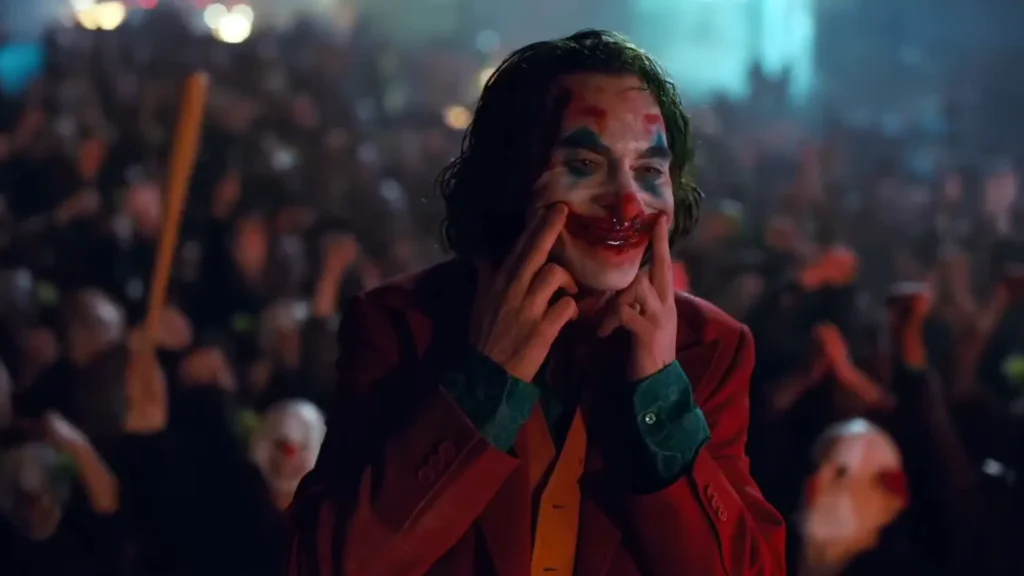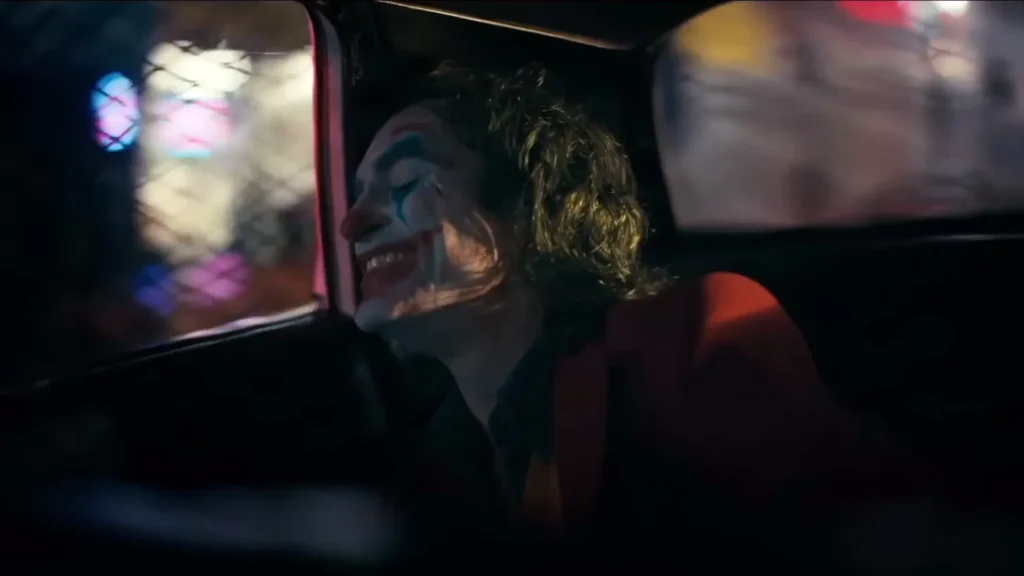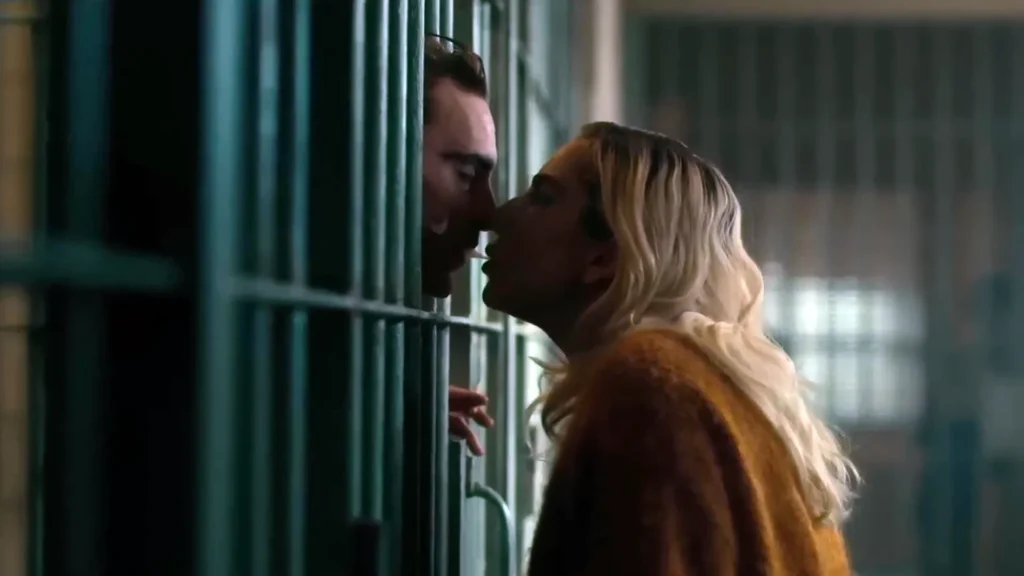It’s time to talk about Joker: Folie à Deux, a title that translates to ‘madness shared by two ‘. To put it simply, Joker 2 is one of the most confounding movies I’ve ever seen. Warner Brothers, after making a billion dollars on the first Joker, gave director Todd Phillips what seems like total creative freedom for the sequel. There weren’t even test screenings, which is a rare move for a studio.
So, is that a bad thing? Well, in some ways, yes! Let’s delve into what worked, what didn’t, and why it seemed like this film was intentionally trying to challenge and intrigue fans of the original with its boldness.
Revisiting the World of Joker
The 2019 Joker film was a cultural moment. Initially, the idea sounded bizarre—a gritty take on the Joker directed by the guy who made The Hangover. But it came at a time when audiences were ready for something different. The MCU’s Infinity Saga had just wrapped up, and comic book fans wanted something with more depth and less spectacle. Joker provided that.

More than just a comic book movie, Joker carried a political and economic message. At its core, it was about a poor, mentally ill man, Arthur Fleck, who just wanted to be seen. Society tends to ignore people like Arthur—those who are different, uncomfortable, or challenging to deal with. The people of Gotham latched onto him and made him a symbol, leading to chaos and murder, including the death of Thomas Wayne.

Many viewers celebrated Arthur’s rise at the end of the first film, interpreting it as a triumphant moment. But I saw it differently. For me, it was the moment when Arthur and Gotham hit rock bottom. Mob rule, a situation where a crowd’s behavior is influenced by one or more individuals, might feel empowering temporarily, but it solves nothing. The crowd, like Arthur, was spiraling into madness, and people in the real world connected with that chaos. Arthur became a symbol of discontent, and while it was easy to understand why, the movie wasn’t endorsing violence. Arthur wasn’t a hero; he was a man broken by his past who lashed out violently.
The Backlash and the Bold Move of Folie à Deux
I doubt Todd Phillips or Joaquin Phoenix expected Joker to resonate with audiences the way it did, especially with people embracing Arthur’s violent side. So, in response, they took a daring step with Joker: Folie à Deux. This sequel feels like it’s designed to challenge—and even shame—fans of the first movie. It’s as if the filmmakers wanted to confront the audience for celebrating Arthur’s violence.

This is part of what I love about the sequel. It’s not that I dislike the first film—I actually think the original Joker was a rare comic book movie that used its source material to make a real-world statement. But Folie à Deux goes further, by making us question the way we view characters like Arthur. In this film, he’s not the leader of a movement; he’s just a deeply flawed individual trying to better himself.
Arthur and Harley: A Controversial Relationship
The portrayal of Harley Quinn in Joker: Folie à Deux is one of the more controversial aspects of the movie. Harley, played by Lady Gaga, represents the audience from the first film—those who idolized Arthur without really understanding him. She falls in love with the version of him she saw on TV, not the deeply damaged person he really is.

This reimagining of Harley has been polarizing, and it’s understandable why some fans might not like it. But I admire the boldness of the film’s choices. It’s not afraid to take risks and swing for the fences, even if it means alienating some fans.
Comparisons to the MCU
I can’t help but compare Joker: Folie à Deux to the most recent MCU films, like The Marvels or even Deadpool 3 featuring Wolverine. While those movies were entertaining in their way, Joker 2 feels like it’s operating on a different level.
Take The Marvels, for example. It was okay—fun, lighthearted, and had some great moments. But did the musical number in The Marvels really serve the story? Not really. In Joker: Folie à Deux, however, the musical numbers feel integral to the narrative. Arthur’s delusional, heightened reality is shown through these moments, which mirror his fractured mental state. Whether or not you enjoy musicals, you have to admit this was a bold artistic choice.
In terms of character depth, Joker: Folie à Deux also outshines many recent comic book films. Unlike The Marvels, which often tells us who Carol Danvers is without showing it in meaningful ways, Joker 2 is a deep dive into Arthur’s psyche. It’s a profound and thought-provoking exploration of fame, identity, and the consequences of projecting our fantasies onto others.
The Ending: A Thought-Provoking Statement on Society
Many viewers hated the ending of Joker: Folie à Deux because it shows Arthur, the man, being killed while the Joker persona lives on. But this is a reflection of how society works. People die, but their legends live on. As the famous line from The Man Who Shot Liberty Valance goes, “When the legend becomes fact, print the legend.”
This is what happens to Arthur. He, the person, fades away, but the idea of the Joker continues. It’s a dark commentary on how we idolize and mythologize specific figures, often missing the truth of who they really were.
A Flawed but Bold Masterpiece
Joker: Folie à Deux isn’t a crowd-pleaser. In fact, it often feels like it’s trying to push the audience away. There’s no fan service, no attempt to cater to what people loved about the first film. It’s challenging, dark, and often uncomfortable. But that’s precisely why I think it’s a masterpiece in its own right. It takes risks and asks difficult questions about fame, mental illness, and our obsession with violent, broken characters.

This isn’t a film designed to make you feel good. It’s not fun, and I’m not even sure I’d want to watch it again. But I can’t help but respect how it holds up a mirror to the audience and forces us to confront our role in the stories we consume.
In the end, Joker: Folie à Deux is a daring, divisive film that stands as a testament to the power of cinema to challenge and provoke. It may not be for everyone, but it’s a bold, thought-provoking sequel that isn’t afraid to take big swings.